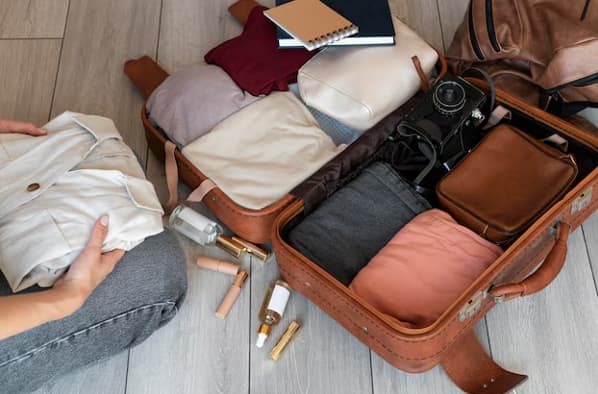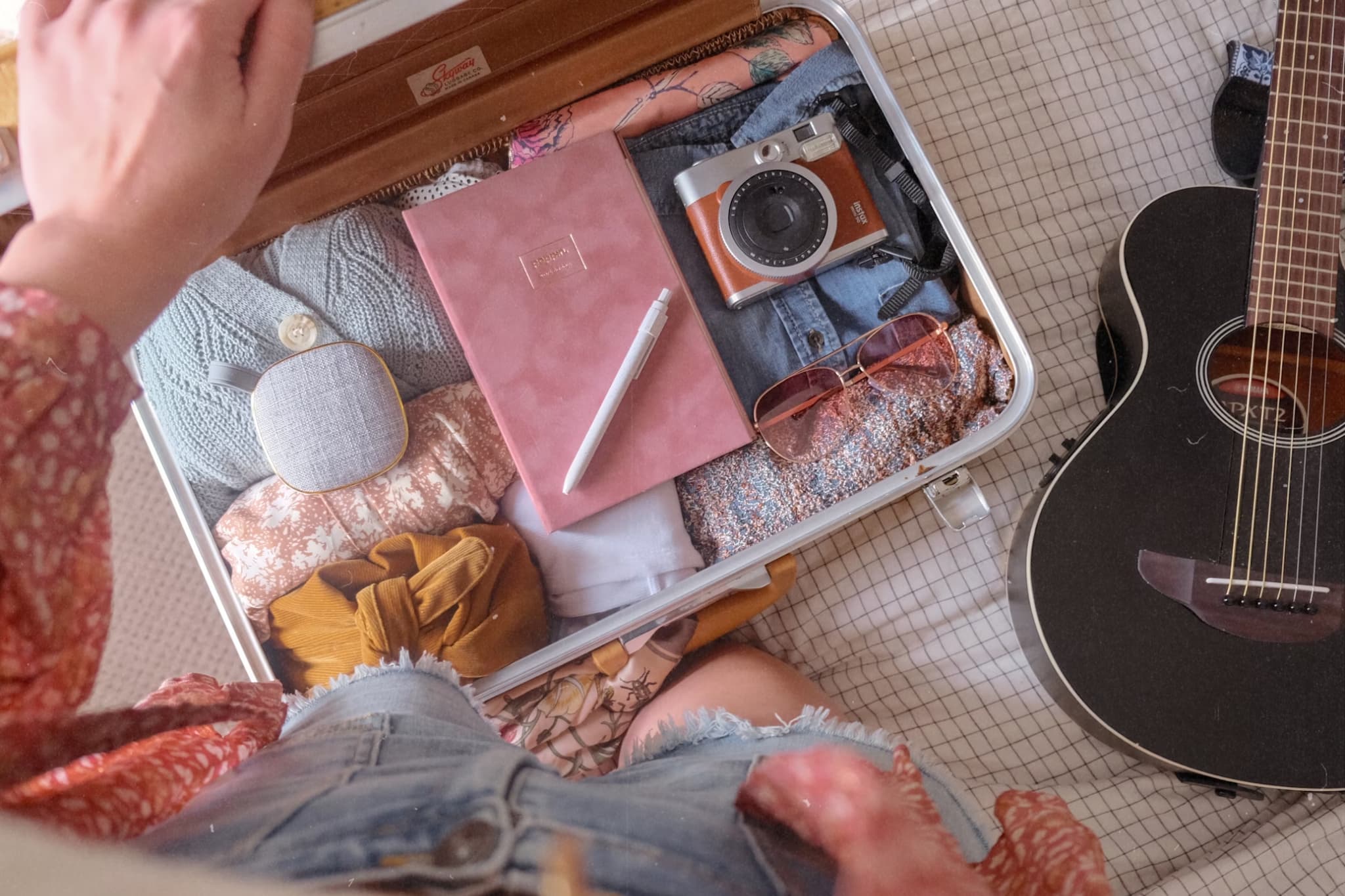The Art of Subtraction: How Strategic Packing Redefines Your Travel Experience
The pre-trip packing ritual often incites anxiety, a frustrating game with “just in case” items, frequently culminating in strained zippers and overweight baggage fees. But what if this process became a strategic advantage? By adopting core principles and clever techniques, you can travel lighter and smarter, enhancing your freedom and focus. This isn’t extreme minimalism; it’s intelligent curation, maximizing each item’s utility. True travel freedom often stems from what’s consciously left behind.
Traditional packing is typically rooted in a fear of unpreparedness. We envision countless scenarios, attempting to pack for every eventuality. The result? A heavy bag filled with rarely used items. Smart packing, conversely, champions versatility, intentionality, and an honest assessment of needs versus wants. It’s shifting your mindset from “what if I need this?” to “how can I use this, and will I genuinely need it?” This paradigm shift is crucial for a lighter, more agile travel style, making packing an empowering part of trip preparation.
The Foundational Framework: Mindset, Planning, and Multi-Purpose Magic
Before any item touches your suitcase, the real work begins: meticulous planning and adopting a strategic mindset. This is more than listing; it’s curating a travel wardrobe and gear that works synergistically, where every piece earns its place.
First, research your destination thoroughly. What’s the climate? Planned activities? Cultural dress norms? Answering these filters out unnecessary items. A beach holiday’s pack differs vastly from a multi-city European tour. This initial research is paramount to avoid carrying unused gear.
Second, embrace the capsule wardrobe concept. Select a limited number of coordinating clothing items (10-15 core pieces) for multiple outfits. Think neutral bases (black, grey, navy) for trousers, skirts, and essential tops, adding color with accessories or versatile tops. Prioritize lightweight, wrinkle-resistant, quick-drying fabrics. Merino wool excels in temperature regulation and odor resistance. Technical fabrics offer practicality and style. This thoughtful selection minimizes redundancy.
Third, actively hunt for multi-purpose heroes. This significantly shrinks weight and bulk:
- A pashmina or large scarf: blanket, head covering, sarong, or evening accessory. Its adaptability is invaluable.
- Solid toiletries (shampoo bars, conditioner): bypass liquid restrictions, reduce spill risks, and often last longer. They are also generally more eco-friendly.
- A quick-drying travel towel: more compact and efficient than cotton, essential for active travelers or hostel stays.
- Shoes: Can one comfortable, stylish pair cover most needs and pass for a casual evening? Can flats be dressed up or down? Shoes are bulky; choose versatile pairs wisely, aiming for no more than three. Each multi-use item lightens your load.
This foundational stage involves conscious choices for packing success before considering folding techniques.
Tactical Triumphs: Techniques for Optimizing Space and Accessibility

Once essentials are curated, pack them efficiently. This means strategic placement for space optimization, wrinkle prevention, and easy access.
The Rolling vs. Folding vs. Bundling Debate: Rolling clothes is a popular space-saver for items like t-shirts. However, delicates or easily creased items (linen shirts) might fare better flat-folded or bundle-wrapped. Bundle wrapping involves wrapping clothes around a central core, minimizing deep wrinkles. Experiment to find what best suits your clothes.
The Power of Packing Cubes: These are game-changers for organization and compression. Many cubes offer a compression zipper. Designate cubes for categories (tops, bottoms, electronics), making items easy to find without unpacking everything. They also separate dirty laundry.
Utilize Every Inch: Think three-dimensionally. Stuff socks or chargers inside shoes. Fill hat brims with soft items to maintain shape. Place heavier items near a rolling suitcase’s wheels for better balance. Lay flat items like trousers on the bottom or top to minimize creasing.
The “One Bag” Philosophy (Even if You Check One): Pack your carry-on as if it’s your only bag for 2-3 days: change of clothes, essential toiletries (travel-sized), medications, crucial documents/electronics. This prepares for lost luggage and encourages mindful packing of true essentials.
Digital Lightness: Replace physical items with digital versions. Guidebooks, novels, boarding passes can live on your smartphone or e-reader, saving space and weight. A portable power bank is crucial.
Finally, do a “dress rehearsal.” Pack completely a few days before your trip. Lift the bag. Walk with it. Is it manageable? Can any items be culled? This trial run allows for last-minute adjustments and prevents that frantic, overstuffed feeling just before you leave for the airport. By embracing these smart packing hacks, you’re not just packing a bag; you’re consciously engineering a more seamless, enjoyable, and liberated travel experience. This proactive step ensures comfort and confidence.
